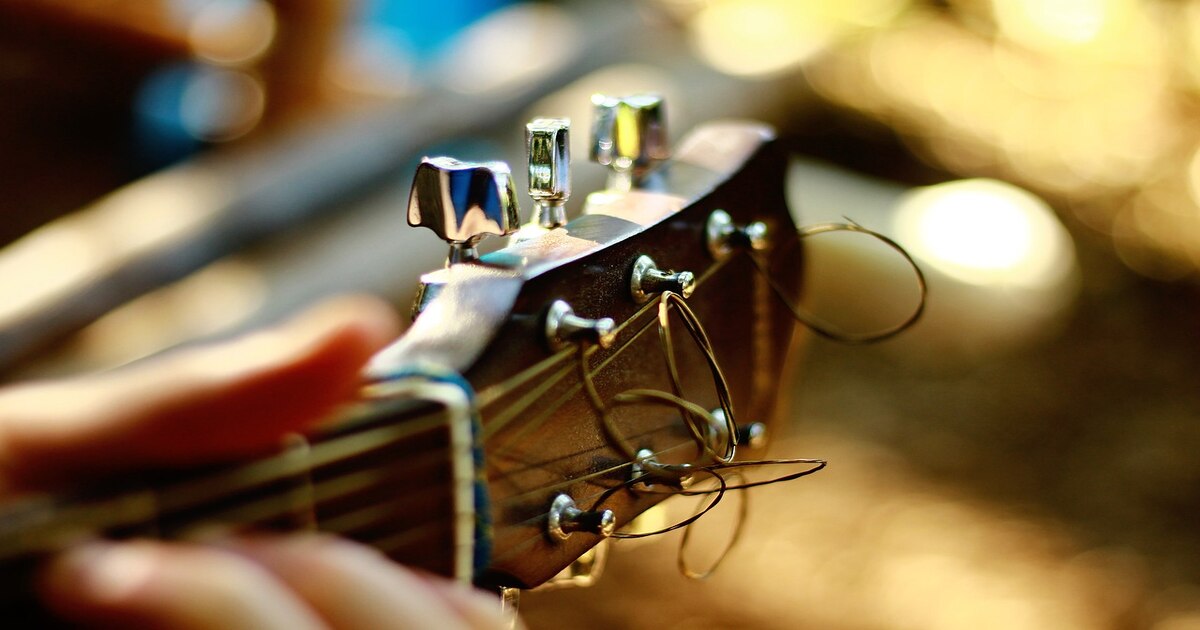The Ultimate Guide to Proper Guitar Maintenance and Care
Posted: 7 March 2024
Synopsis: With proper guitar maintenance, your guitar can be as good as new a decade after you've bought it. So let's talk about how you should care for your guitar.

Proper guitar maintenance is the key to unlocking the full potential of your instrument and ensuring it stands the test of time. From some basic habits to advanced cleaning techniques, every step contributes to the longevity and performance of your guitar. In this comprehensive guide, we’ll cover maintenance tools, methods, and techniques that will safeguard your guitar, but let’s start with the basics.
Simple Tips for Every Session

These two simple habits can make a substantial difference in the longevity of your instrument. First, begin by washing your hands before each playing session. Oils, dirt, and sweat from your fingers can gradually accumulate on the strings and fretboard, affecting both playability and tone. Clean hands enhance your playing experience and contribute to the preservation of your guitar's finish.
Second, make it a post-play guitar maintenance ritual to wipe down the fretboard with a soft, clean cloth. This quick and easy step removes any residue left behind by your fingers, preventing the build-up of grime that could potentially damage the wood over time. These small yet effective measures ensure that your guitar remains a joy to play, session after session. Now, let’s discuss some advanced guitar maintenance methods.
The Tools You’ll Need to Maintain Your Guitar
Proper guitar maintenance and cleaning requires some basic guitar accessories. Equip yourself with a quality tuner to get precise pitch adjustments during string changes. A string winder will help you speed up the tedious process of swapping strings. Invest in a simple, soft microfiber or lint-free polishing cloth to maintain the pristine finish of your guitar without causing scratches. One of the most important elements of your guitar is the fretboard - a specialised fretboard cleaner will help remove accumulated dirt and oils.
Choose cleaning solutions that are suitable for your guitar's finish, ensuring they don't harm the wood or hardware. For more intricate tasks like adjusting truss rods or saddle height, you’ll at least need a set of screwdrivers and an Allen wrench. However, many people pay a professional to do these finer guitar maintenance tasks, so that’s also a valid option. With these tools in hand, you can get to work.
Restringing and Cleaning
Restringing your guitar is a key element in preserving its playability and sound quality. Begin by removing the old strings, allowing access to areas that are often overlooked during routine cleaning. With the strings off, use the opportunity to clean the entire guitar body using a gentle guitar polish. Be cautious around sensitive areas such as the bridge and pickups to prevent mechanical damage.
For guitars with an unfinished fretboard, applying fretboard oil is essential to nourish the wood and maintain its integrity to avoid sprouting or cracks. Follow this up with a thorough cleaning and polishing of the frets for enhanced playability and a polished appearance.
If your guitar has a finished fretboard, a simple wipe-down with a microfiber cloth will suffice. You can reapply a small amount of guitar polish, but there is no need to use oils. Most importantly, always be 100% sure that you removed any debris before you apply polish - hard debris can easily scratch your finish.
Further, as part of this restringing routine, don't overlook the importance of cleaning the potentiometers. Debris can accumulate in them and cause a type of scratching sound when used. Turning the pots back and forth will usually make the sound disappear. You can also use a specialized electronic cleaner to remove dust and debris to ensure a smooth and noise-free operation.
It’s also advisable to check the tightness of your machine heads during the restringing process. Loose machine heads can affect tuning stability, so use a screwdriver to tighten any screws or nuts as needed. If you follow this guitar maintenance routine every time you restring your guitar, you should have no trouble keeping in it almost as good as new.
So, how often should you change your guitar strings and do the things we listed? That depends on where and how often you play and the quality of the strings you buy but as a rule of thumb for regular players, restringing your guitar every two months is usually sufficient.
Storing Your Guitar

Finally, the way you store your guitar is crucial for its longevity. When your guitar is not in use, its safest haven is a hard case. While displaying your guitar on a stand may be visually appealing, the risk of accidental knocks or falls outweighs the aesthetics.
The second crucial aspect for preserving the structural integrity of your guitar is humidity, especially for acoustic instruments. Maintaining a constant humidity level between 45% and 55% helps prevent issues such as cracks, sharp fret ends, and failed bridges. A hydrometer is a cheap instrument that can tell you the humidity in your storage room.
Guitars are also susceptible to temperature variations, particularly during travel. Rapid shifts in temperature can easily lead to damage or warping. When moving your guitar between different environments, allow sufficient time for it to acclimate before removing it from the case. If needed, crack the case open to facilitate a smoother adjustment process.
Order Everything You Need for Guitar Maintenance Online
Now that you know the steps needed to clean and maintain your guitar, all that’s left is to find the proper tools. At SWAMP Industries, you can find all the guitar maintenance tools and accessories you need. Check out our collection and order online - we’ll ship it right to your address. And if you need anything else, from guitar leads to recording software, you can get that too. So feel free to contact us and let’s see how we can enhance your playing experience.






